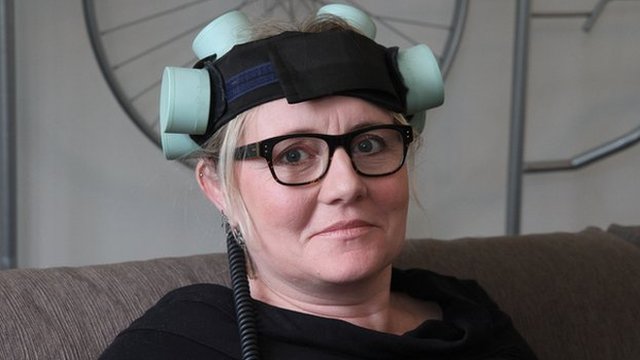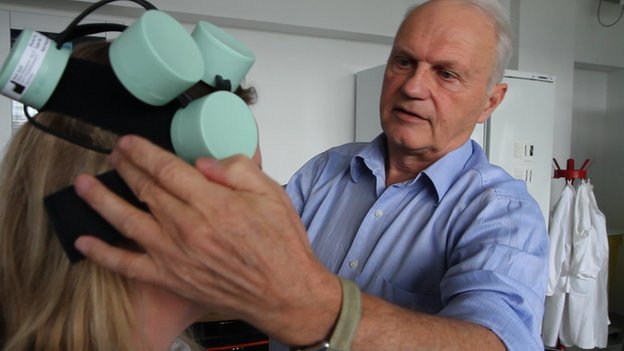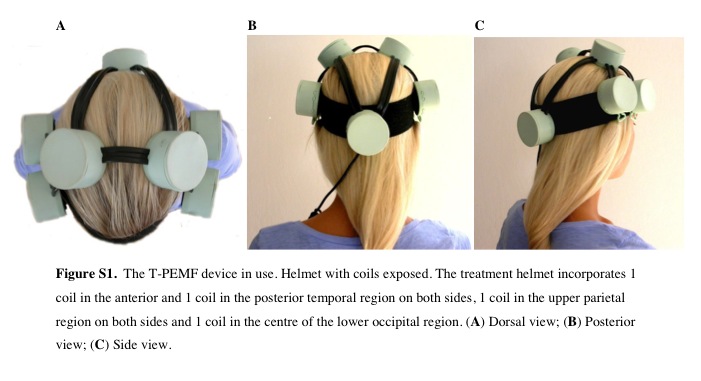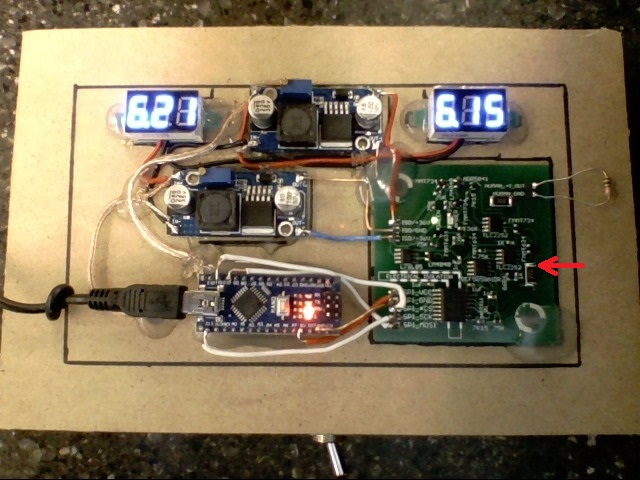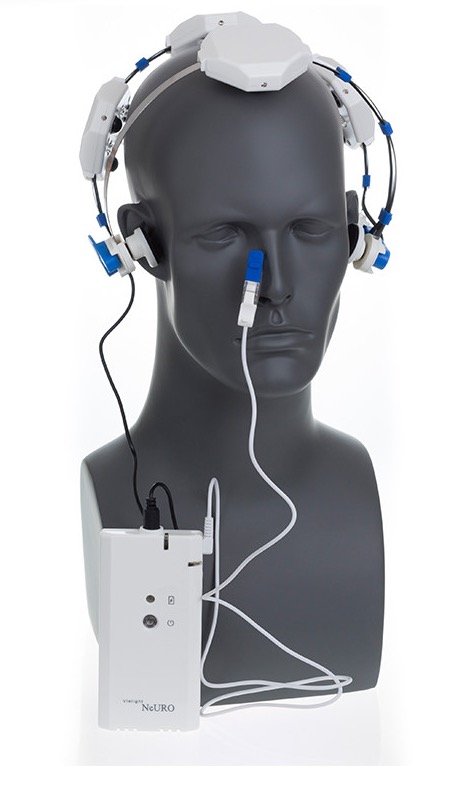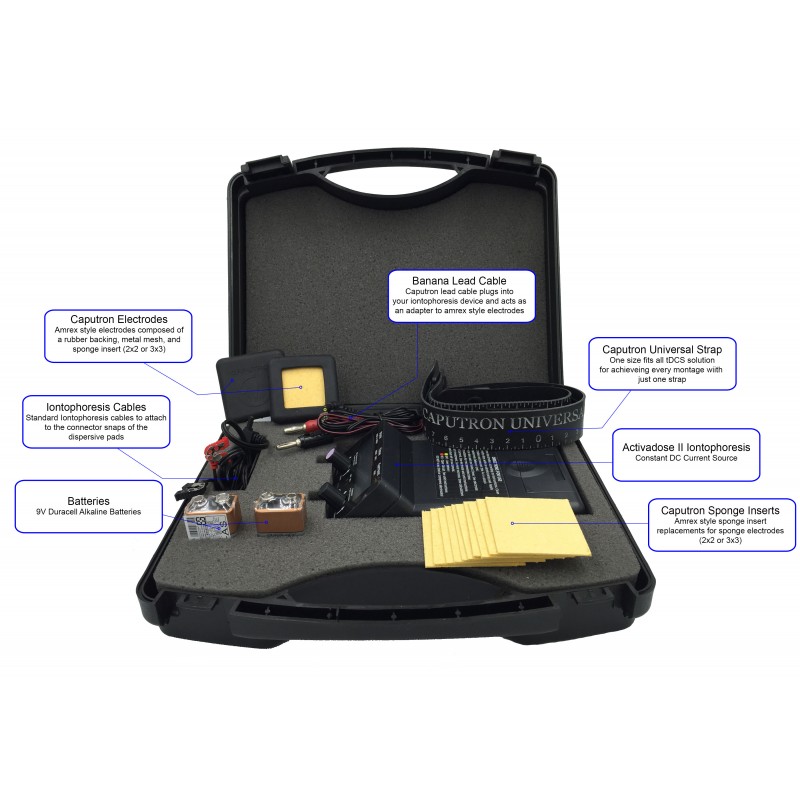Update 8/2/18 Looks like the ActivaDose device special has ended but the Muse is still on sale. (If you’d like to receive an email when I notice special tDCS-related deals, please sign up for updates – in the sidebar.)
Update 7/25/18. I bumped this post to the top to alert readers to some very interesting deals Caputron is currently running. I will remove this when the specials end but at the moment you can purchase the ActivaDose Starter kit for $349, down from $399! Get an additional discount when you use discount code diytdcs at checkout! (At this time anyway, previously it’s been removed on specials.) They also have the Muse EEG headband on sale at $199, that’s $50 off. Not sure how long these specials will last. If you’ve been looking to acquire either of these devices here’s an opportunity to do so at a great price.
Robin at Caputron recently informed me of some new products they’re carrying including the Focus v3. The Focus v3 duplicates the functionality of the v2 (tRNS, tPCS, tACS and tDCS), but adds additional features such as what Focus calls ‘tRCS’, Transcranial Rippled Current Stimulation… as I understand it, a form of transcranial alternating current stimulation that targets multiple frequencies over time. tRCS is something new, invented by Focus, and therefore we have no scientific research to support its use at this time, but it looks very interesting. Considering the variety of stimulation modes the v3 supports, this is the obvious choice for anyone wanting to replicate research in the tACS and tRNS literature. Read more about the Focus v3 here: Instructions Guide.
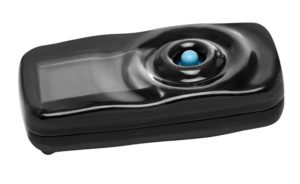
Caputron is currently shipping the v3 with a variety of electrode options but the base unit is priced at $399. Use coupon code diytdcs at checkout for a generous discount on any product purchased from Caputron.
If you’re looking for a more ‘traditional’ type tDCS device, I recommend Caputron’s ActivaDose II tDCS Starter Kit. This is an FDA approved device (NOT for tDCS, but for iontophoresis, point being the electronics and manufacturing are at an FDA approved level). Note that the ActivaDose from Caputron comes as either an 80 Volt/4 mA Max unit, or a 29 Volt/2 mA Max. The cautious user would choose the 29 Volt model, as 2 mA is the maximum current used in most scientific studies. If you want a simple device your Mom could use, this is the way to go. Again, Use coupon code diytdcs at checkout for a generous discount.
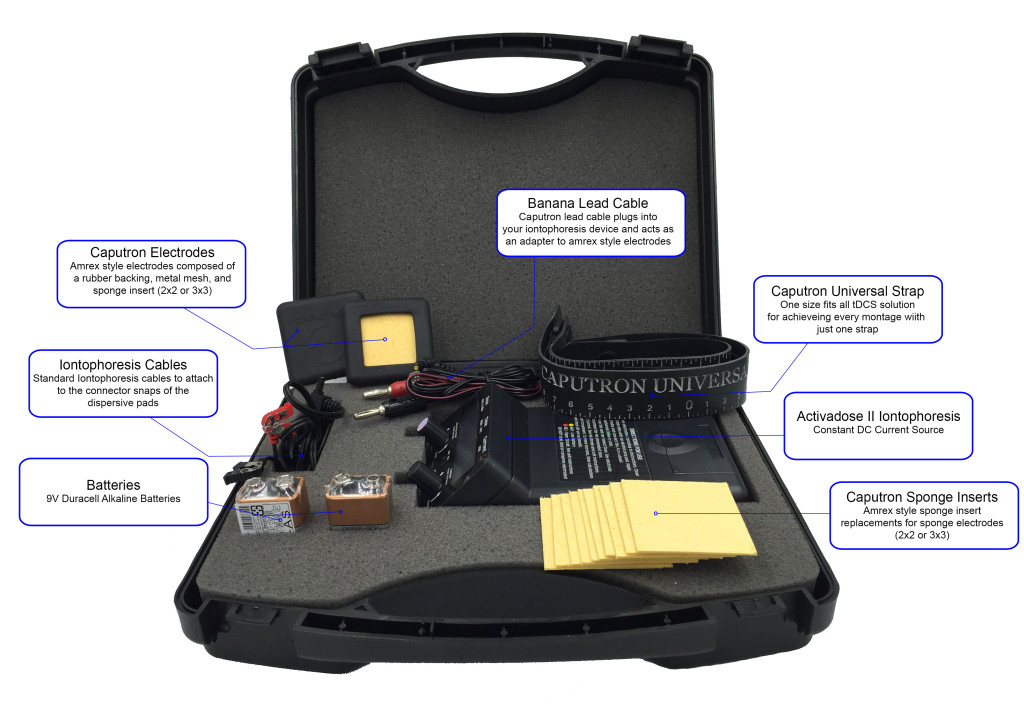
Caputon is now carrying the Muse EEG device. They also carry more sophisticated research devices like those by Soterix. You can even purchase a TMS device through them. They have expert support and a great reputation.
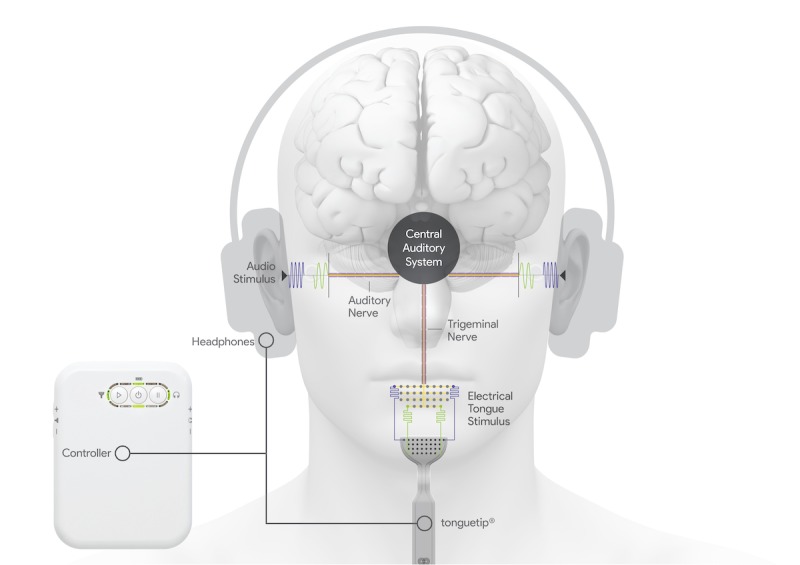

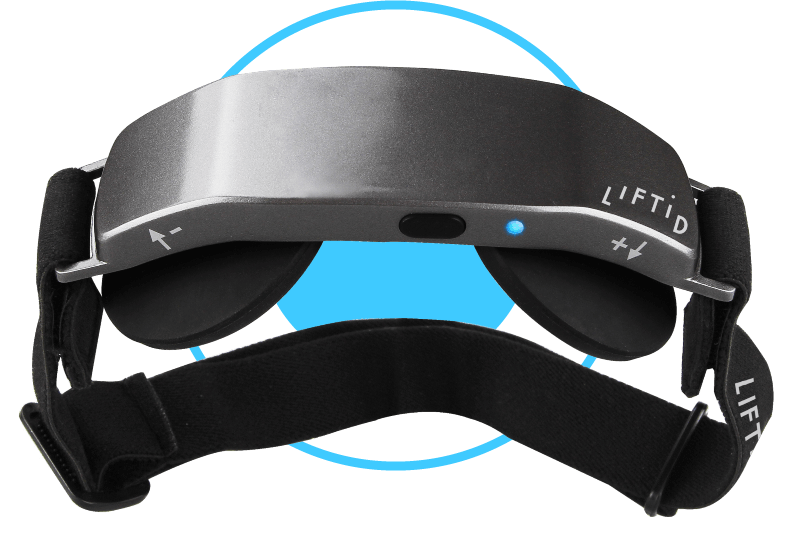
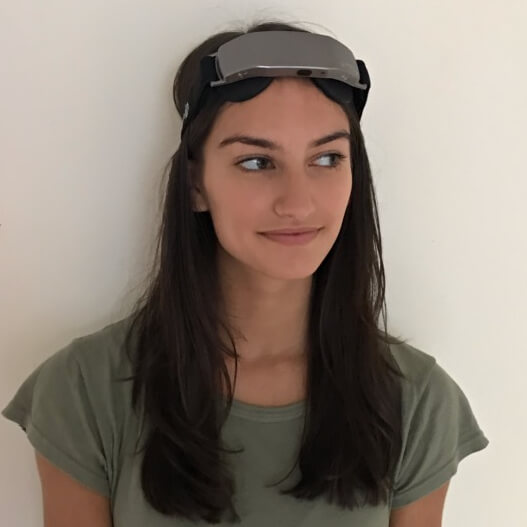
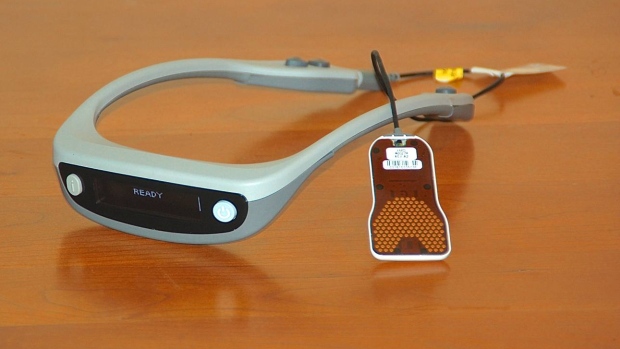
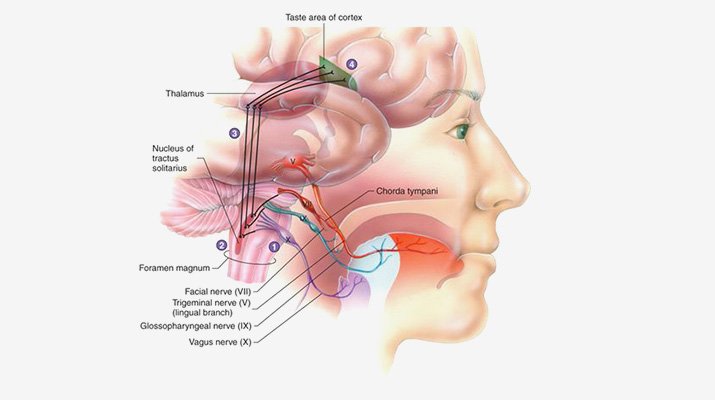
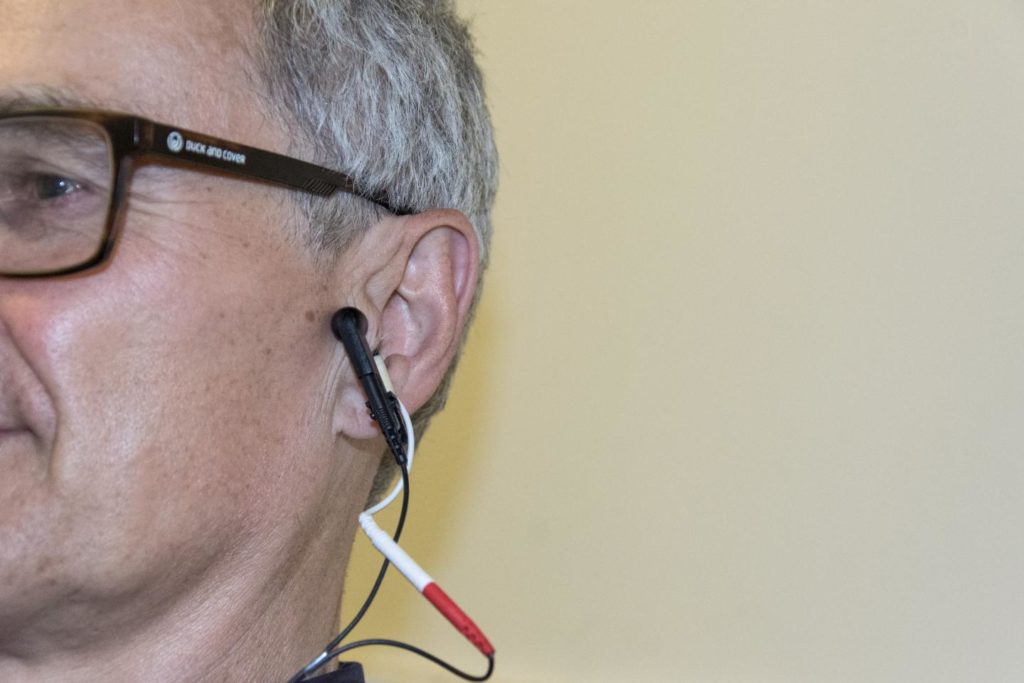
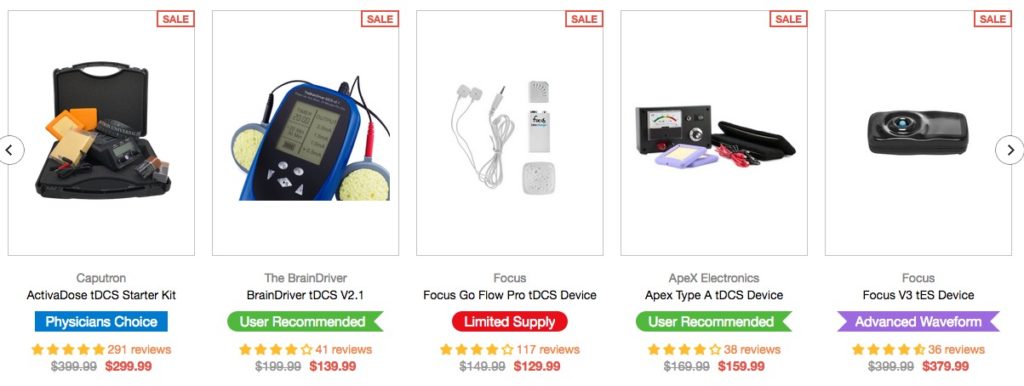
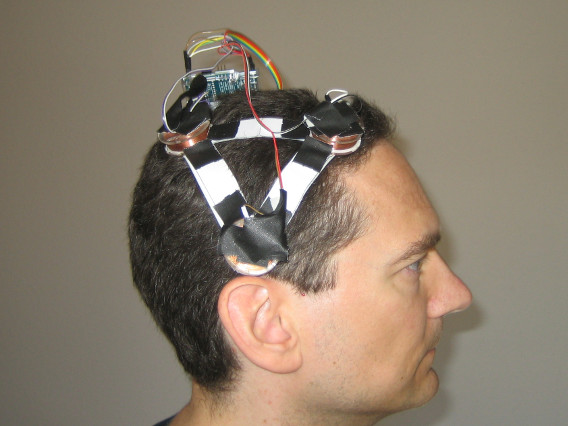
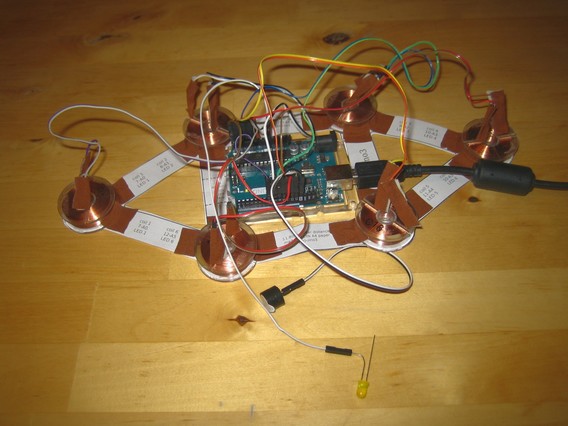
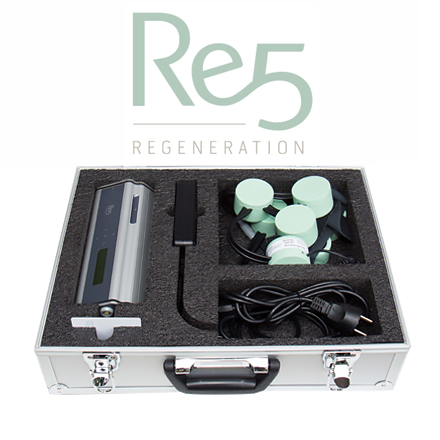 ————————– Original 2015 article.
————————– Original 2015 article.